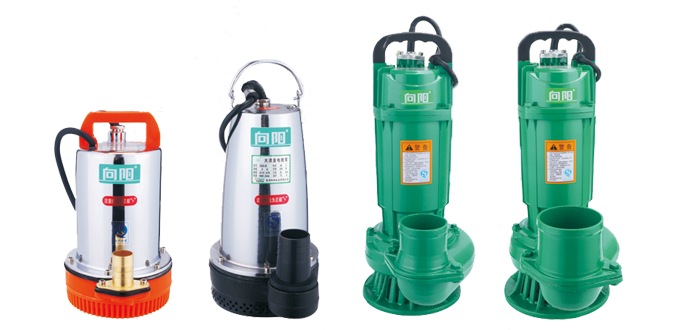It is suitable for farmland irrigation, garden irrigation, fountain landscape, rainwater recovery and utilization system, mine drainage, emergency, urban water supply, and groundwater sources of enterprises and institutions. The equipment has low noise, high efficiency and energy saving.
Equipment advantages
1. Scientific design, single-stage high lift, especially suitable for the needs of high lift, stable operation and low noise.
2. The densification of molecule structure of castings is guaranteed by using superior cast pig iron as raw material and using scientific formula casting.
3. Precision CNC lathe processing ensures the parallelism and perpendicularity of parts, so as to ensure the high concentricity of the pump body, of course, prolong the service life.
4. Strict inspection in the factory, careful assembly, full-load performance test, to ensure the user's safe use.
5. The bearing bush adopts improved rubber bearing bush (secret formula), which is twice the life of ordinary bearing bush.
6. Pump shafts are: ordinary chromium plating, 2CR13, stainless steel 431, stainless steel 631, Monel and other different materials to suit different occasions.
7. Impellers are stainless steel 304, 316/316L, tin bronze, etc.
8. Some series of products draw lessons from Ritz technology in Germany, which enlarges the circumference and sufficiently meets the needs of high-lift submersible pumps.
Permissible medium range
1. Underground water gushing, drinking water and mineral water without impurities, such as clean water, cooling water/frozen water, rainwater, coal mine, iron ore, metal mine, etc.
2. Permissible working water temperature range + 5 ~ + 25
3. The solid impurity content (mass ratio) is not more than 0.01%.
4. Ph value (acidity-basicity) 6.5-8.5
5. The content of hydrogen sulfide is not more than 1.5 mg/l.
6. The content of chloride ion is not more than 400 mg/l.
7. Units must work completely in submerged water.

Submersible pumps work underwater. It has compact structure and light weight. It does not need long transmission shaft without pumping water from well. Therefore, submersible pumps are very suitable for well water irrigation in rural areas. JQB submersible pump is widely used. The submersible pump adopts waterproof measures such as mechanical seal or air seal to keep the motor dry and free from water intrusion. The following points should be paid attention to when using:
(1) Check whether the seals at the vents, water vents, oil vents and cable joints of the pump are loose, and if they are loose, they must be tightened.
(2) Insulation resistance should be checked with a 500 volt shaker, not less than 0.5 megaohms. If it is lower than this value, water and air vents should be opened for drying or drying.
(3) Inspection of cable, if there are breaks or breaks, should be replaced to avoid leakage.
(4) Before starting, check all the circuits and switches to see if their wiring is correct and reliable. Then rotate over the ground for 3 to 5 minutes (not too long to damage parts or burn motor windings), and check whether the direction of the motor is correct. If all the above are all right, it can be put into water.
(5) When submersible pumps are put into water, they must not force the cable. They should be tied to the wooden frame at the wellhead by ropes. The maximum depth of the pump into the water is 3 meters, and the minimum depth is 0.5 meters (from the center of the impeller).
(6) In operation, the variation of water level in wells should be observed regularly. The motor must not be exposed to water, nor can it be trapped in mud, so as not to affect the heat dissipation of the motor and burn the winding. Should change with the water level in the well, lift the electric pump at any time, if the water volume decreases or interrupts, should immediately identify the cause or stop check. Cables should not be abrasive with the borehole wall, so as to prevent borehole water from penetrating into the motor along the cable core after the cable is worn out.
(7) New or replaced submersible pumps with integral sealing boxes shall be inspected for good sealing after 50 hours of use and once a month thereafter, as well as for good sealing of the shielding sleeve between the rotor and stator of the motor.
(8) After one year of use, the pump shall be inspected for rust and painted for rust removal.
If the submersible pump is not used for a long time, it should be carefully checked and stored in a dry and ventilated house.
